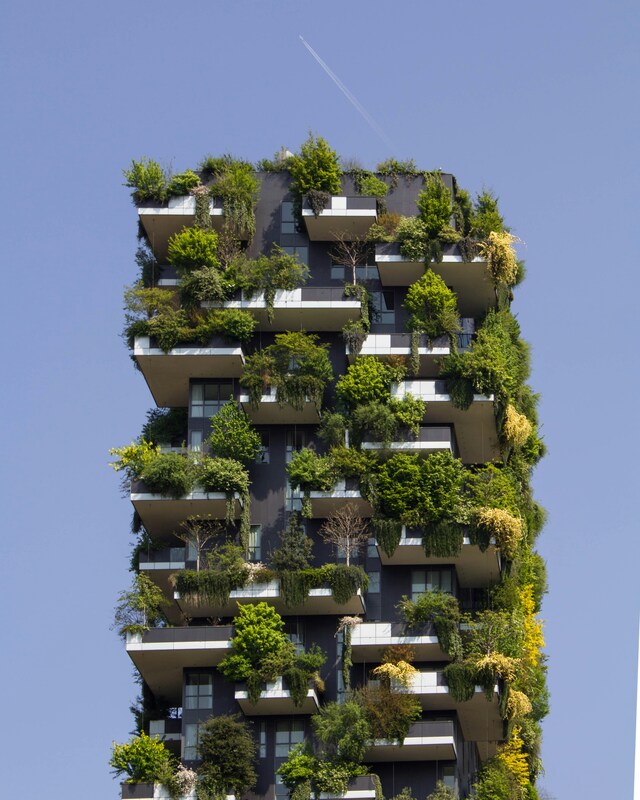|
By: V. Srur Sustainable architecture is one of the most impactful changes that will occur in the future in order for the planet to have a green transition by 2050. It not only affects our day to day lives as it establishes a more renewable infrastructure for our homes, but also improves efficiency and moderation in the use of materials, energy, development space and the ecosystem at large.
Well, how does it affect our future and opportunities? Sustainable architecture helps us decarbonize our cities faster. It is where the majority of our sector’s emissions are generated, with 70% of the CO2 emissions in construction coming from buildings in use. It aims to use less water, produce less trash, and use less energy. Green roofs, solar panels, and passive heating and cooling systems are examples of features that reduce carbon footprints, slowing down global warming and safeguarding the environment for coming generations. Sustainable architecture also has a profound social impact. By prioritizing the well-being of occupants, sustainable buildings offer improved indoor air quality, natural lighting, and thermal comfort. Along with improving the occupants' quality of life, these elements help raise overall contentment and increase work productivity by 50%, as it is proven that work spaces that prioritize sustainability and have green practices are 16% more productive than their counterparts at less sustainably-minded companies. The building industry is driven by innovations and technological breakthroughs in its search of sustainable architecture. From the development of energy-efficient materials to the implementation of smart building technologies, sustainable architecture pushes the boundaries of what's possible in building design and construction. An example of this new style of construction has already been showcased in various building like the Shanghai Tower in China, which uses energy preservation, One Central Park in Australia, which uses urban greenery to reduce carbon dioxide levels, and the Bullitt Centre in Seattle, which is constructed with environmental materials and utilizes geothermal wells which achieves heating and cooling in the building. These buildings and many others help our environment from suffering extreme global warming. One piece of good news, however, is that investment in sustainable construction is also growing: it reached $237 billion for building energy efficiency in 2021, a 16% increase over the previous year according to the United Nations. In the future, sustainability will eventually be the centre of architecture.
0 Comments
Leave a Reply. |
Categories
All
Archives
June 2024
|

